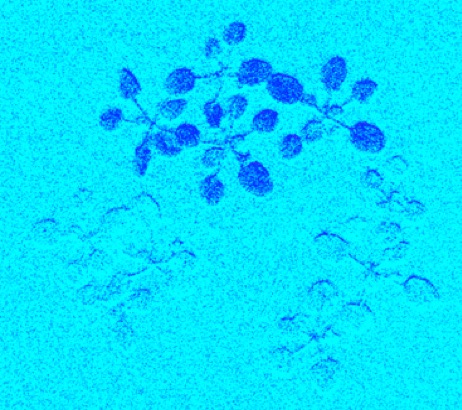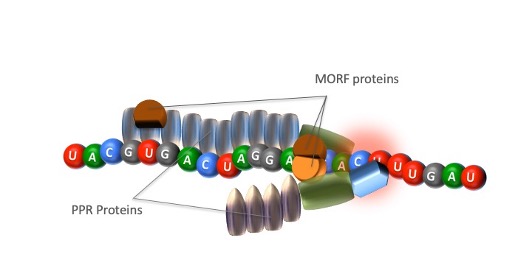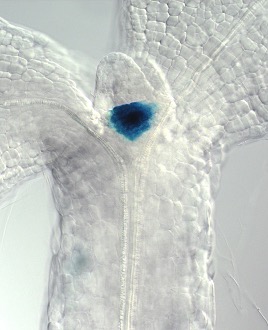Plant Molecular Genetics
Core Course
Staff
Toshiharu Shikanai
- Position
- Professor
- Office
- Science Building 2, Room 210
- Phone
- 075-753-4247
- Fax
- 075-753-4257
- shikanai(at-mark)pmg.bot.kyoto-u.ac.jp
Mizuki Takenaka
- Position
- Associate Professor
- Office
- Science Building 2, Room 210
- Phone
- 075-753-4246
- Fax
- 075-753-4257
- mizuki.takenaka(at-mark)pmg.bot.kyoto-u.ac.jp
Ryuji Tsugeki
- Position
- Assistant Professor
- Office
- Science Building 2, Room 222
- Phone
- 075-753-4147
- Fax
- 075-753-4257
- tsugeki.ryuji.5a(at-mark)kyoto-u.ac.jp
Haruka Higashi
- Position
- Program-Specific Assistant Professor
- Office
- Science Building 2, Room 222
- Phone
- 075-753-4147
- Fax
- 075-753-4257
- higashi.haruka.4f(at-mark)kyoto-u.ac.jp
Research
1. Studies on the regulation of photosynthetic electron transfer
(1) Research on chloroplast proton driving force control
Photosynthesis converts the light energy of the sun into chemical energy that can be used by life, but the reception of excess light energy destroys the photosynthesis device through the production of reactive oxygen species. Plants regulate photosynthetic electron transfer to avoid this photodamage and maintain maximum photosynthetic activity. We are aiming to elucidate this molecular mechanism.

2. RNA editing mechanism of plant mitochondria and chloroplasts
RNA editing of terrestrial plant mitochondria and chloroplasts converts specific cytidine (C) on the RNA sequence to uridine (U) and is essential for the functional expression of normal organelle proteins. So far, we have identified a number of RNA editing factors, such as the PPR protein required for specific selection of C to be edited and the MORF protein involved in dozens of RNA editing sites. Currently, we are aiming to identify new RNA editing factors, including proteins with enzymatic activity, which is one of the biggest mysteries of RNA editing, and are proceeding with analysis of how each factor is involved in RNA editing. We also aim to reconstruct an active RNA editing complex by combining these factors.

3. Research on plant stem cells
A characteristic of plant development is that organogenesis is repeated after embryogenesis. We are proceeding with the identification and analysis of genes important for plant organogenesis and stem cell maintenance.
